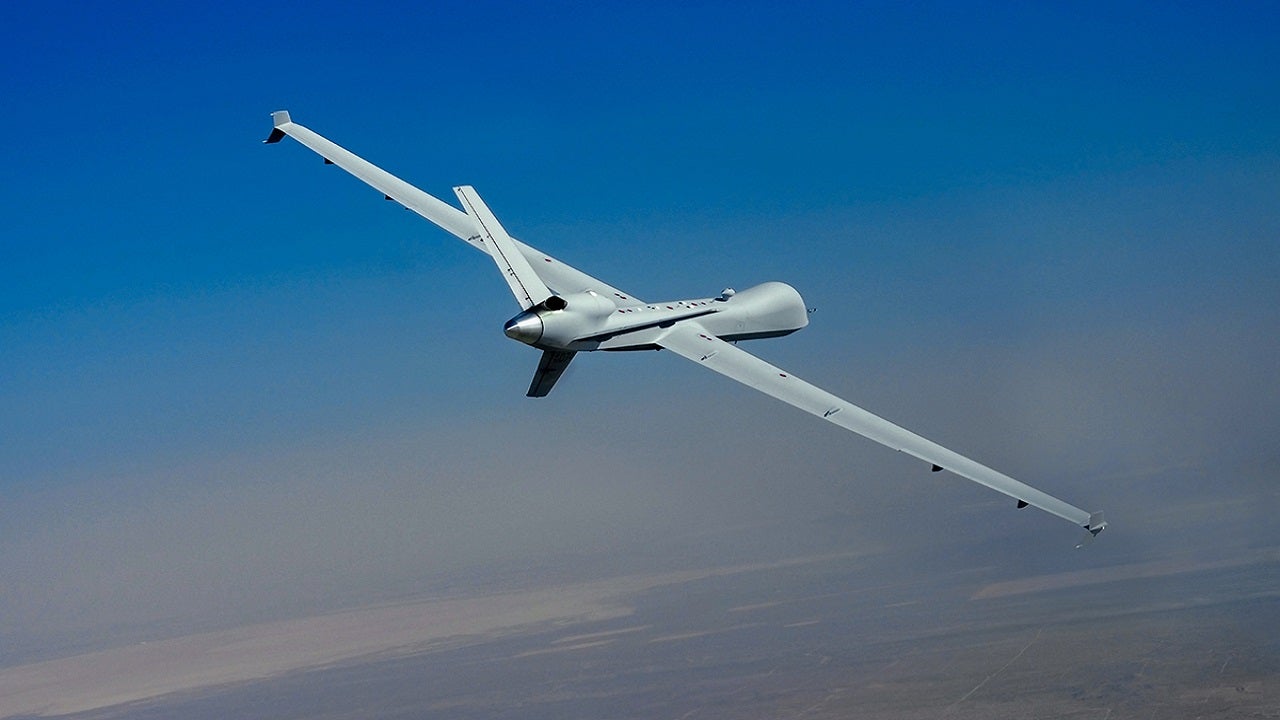
General Atomics Aeronautical Systems (GA-ASI) has conducted one of the longest-range flights of its MQ-9A uncrewed aircraft system (UAS) in the Canadian Arctic.
The latest flight took off on 7 September and returned to the company’s Flight Test and Training Center (FTTC) on 8 September.
GA-ASI noted that the flight covered 4,550 miles in 25.5 hours.
It proved MQ-9A’s ability to fly in high-latitude environments and is part of the company’s ongoing Airspace Integration initiative.
This initiative is aimed at showcasing how an uncrewed aircraft system can fly safely across international borders, in controlled airspace, and in the current case, to high northern latitudes.
GA-ASI CEO Linden Blue said: “As the global leader in UAS, we have enabled our UAS to operate in Arctic regions, over land and sea, where effective C2 and ISR-data transfer was previously not feasible.
“As new customers come online, we want our aircraft to be able to provide them with the high data rate surveillance and high endurance that our aircraft are known for and be able to do so in any environment.”
The Federal Aviation Administration, Transport Canada and Nav Canada support the flight demonstration.
The Big Wing-configured MQ-9A has more than 43 hours of endurance, 220KTAS speed, and can operate at an altitude of up to 45,000ft.
It has a 4,800lb payload capacity that includes 4,000lb of external stores.
Engineered to meet crewed aircraft reliability standards, MQ-9A Big Wing is equipped with a fault-tolerant flight control system and triple-redundant avionics system architecture.
In July, GA-ASI produced the Royal Netherlands Air Force’s first MQ-9A Block 5 remotely piloted aircraft and ground control station (GCS).



